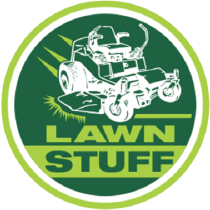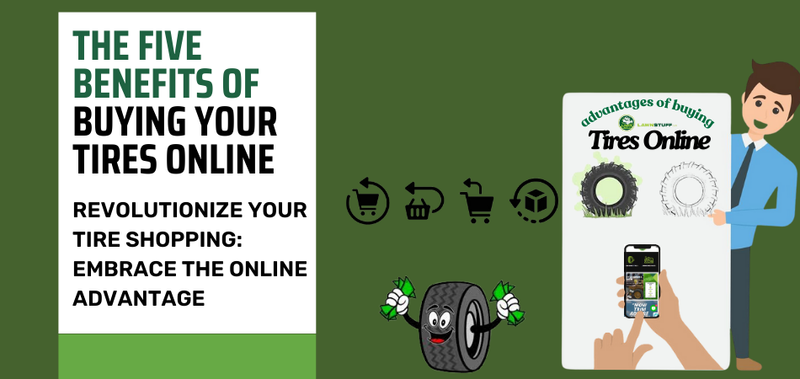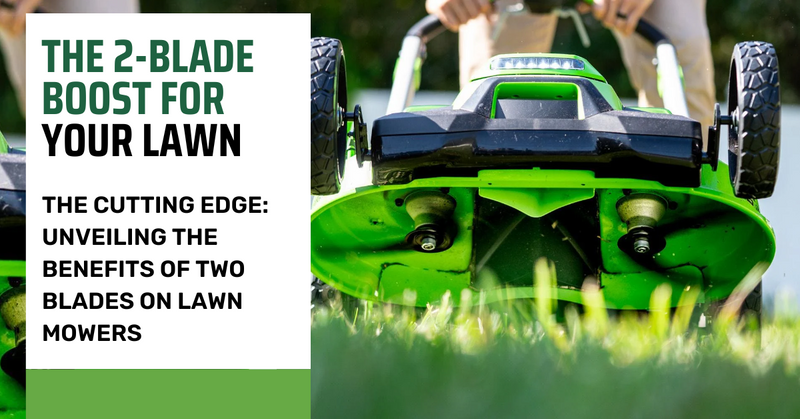

The question that often arises after a downpour is simple yet crucial for lawn care enthusiasts: can you mow the lawn when it's wet? The answer isn't a straightforward yes or no. While mowing a wet lawn is generally discouraged due to various risks and potential damage, there are situations where it might be necessary, and understanding the factors involved is key.

5 Reasons Not to Mow Wet Grass
-
Disease Proliferation:
Damp conditions create a breeding ground for fungal diseases. When you mow wet grass, the mower blades act as vectors, dispersing these pathogens throughout your lawn. Common lawn diseases like red thread, dollar spot, and brown patch thrive in moisture, and mowing can exacerbate their spread, leading to widespread infection and unsightly patches. Moreover, if weeds are present and have gone to seed, mowing can scatter their seeds, perpetuating the problem.
-
Clogging, Clumping, and Suffocation:
Wet grass clippings tend to stick together, forming clumps that can clog your mower deck and chute. This necessitates frequent stops to clear the blockage, interrupting your workflow and potentially exposing you to the mower's moving parts. Furthermore, these clumps, if left on the lawn, smother the underlying grass, depriving it of sunlight and air circulation. This can lead to yellowing, decay, and ultimately, dead patches.
-
Safety Risks:
Wet grass is notoriously slippery, increasing the risk of slips and falls, especially when maneuvering a heavy mower. On slopes, the danger is amplified, as the mower can easily slide out of control. Additionally, wet grass clippings can obscure obstacles like rocks or tree roots, heightening the chances of tripping.
-
Soil Compaction and Turf Damage:
When the soil is saturated with water, it becomes more susceptible to compaction. The weight of the mower, particularly on heavier models, can compress the soil, reducing its porosity and hindering the flow of air, water, and nutrients to the grass roots. This can lead to stunted growth, shallow roots, and increased susceptibility to drought stress. Additionally, the mower's wheels can create ruts in the soft soil, further damaging the turf.
-
Staining Woes:
Wet grass clippings contain more chlorophyll, the pigment responsible for the green color, than dry clippings. This makes them more likely to stain clothing, shoes, and mower components. The stains can be difficult to remove, adding an unwelcome chore to your post-mowing routine.
Beyond these immediate consequences, mowing a wet lawn can have long-term ramifications for your lawn's health and appearance. The stress induced by disease, suffocation, soil compaction, and physical damage can weaken the turf, making it more vulnerable to pests, weeds, and environmental stressors. This can result in a patchy, unhealthy lawn that requires extensive remediation efforts.
While the occasional mowing of slightly damp grass might be unavoidable, exercising caution and waiting for the lawn to dry thoroughly is always the best practice. By prioritizing the health and well-being of your lawn, you'll reap the rewards of a lush, vibrant, and resilient turf that enhances the beauty of your landscape.
How Soon Can You Cut Grass After it Rains?

The ideal waiting time depends on various factors, including the amount of rainfall, soil type, grass species, and sunlight exposure. Here are some general guidelines:
- Light Rain or Dew: Wait 2-4 hours for the grass to dry.
- Moderate Rain: Wait at least 24 hours.
- Heavy Rain: Wait 48 hours or more.
- Shady Areas: These may take longer to dry than areas exposed to direct sunlight.
A Simple Test:
Before mowing, walk across your lawn. If your shoes get wet or the soil feels soggy, it's best to postpone mowing. You can also check the soil by pressing your finger into it. If it leaves an indentation, the soil is still too wet.
Additional Tips for Mowing After Rain:
- Raise the Mower Deck: Cutting slightly higher can help prevent damage to the turf and reduce clumping.
- Sharpen Your Blades: Sharp blades make cleaner cuts, reducing stress on the grass.
- Mow in a Different Pattern: Varying the mowing pattern can help prevent soil compaction and promote even growth.
- Clean Your Mower Afterward: Remove any wet clippings to prevent rust and ensure optimal performance.
By following these tips and exercising patience, you can ensure that your lawn mowing routine promotes a healthy, vibrant lawn while minimizing risks to yourself and your equipment. Remember, a well-maintained lawn is a source of pride and enjoyment for years to come.











